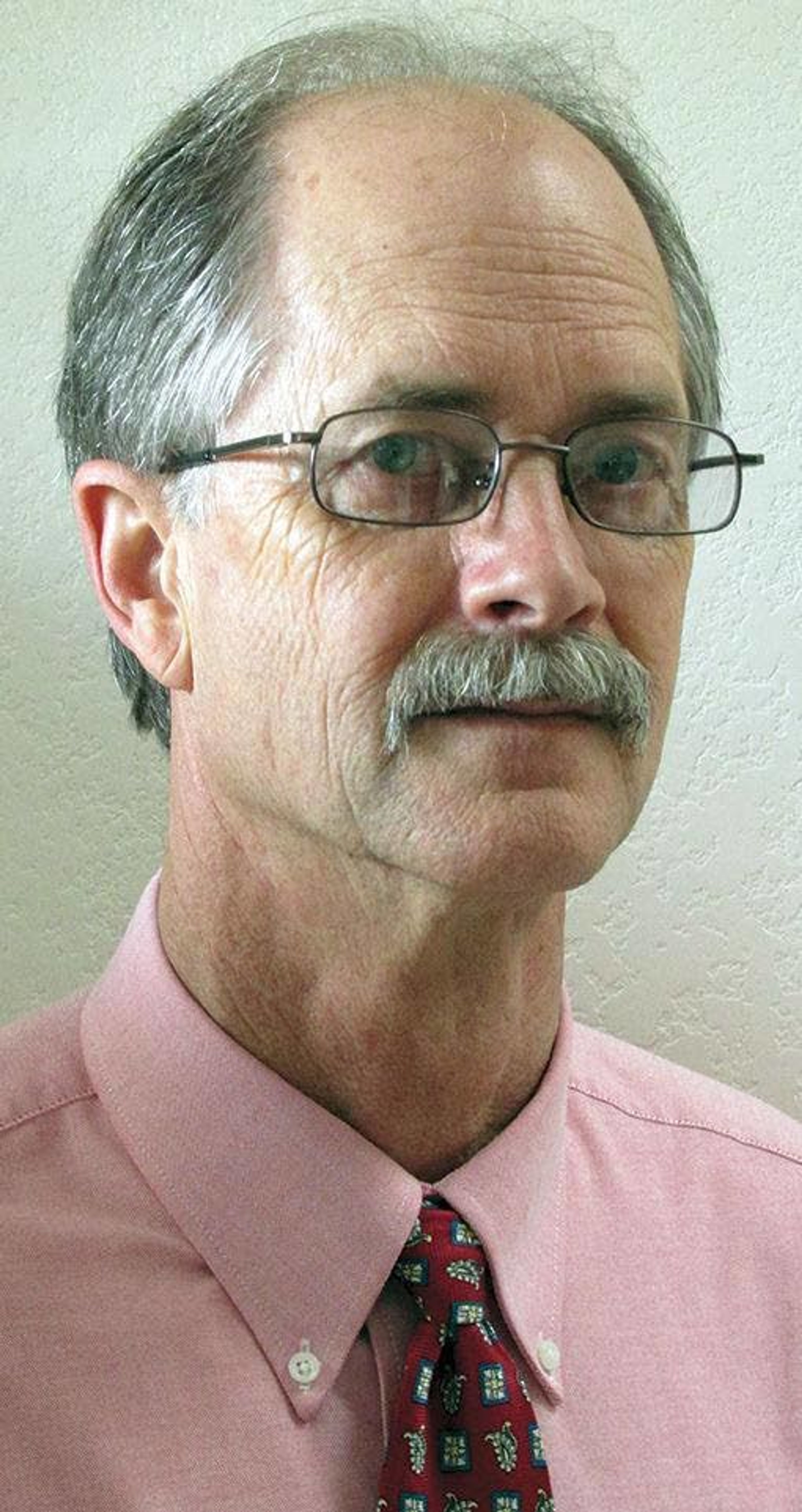Idaho County lands another broadband grant
Money will allow county to install fiber backbone from Grangeville to Orofino
GRANGEVILLE — Idaho County took another leap forward toward a broadband project between Grangeville and Orofino with an $11.5 million fiber optic conduit grant announced Thursday from the Idaho Broadband Advisory Board.
This follows a $14.5 million grant to develop a hybrid middle mile/last mile project that was awarded by the advisory board in November. The project is expected to bring a long overdue upgrade to internet services in north central Idaho.
Jerry Zumalt, disaster management coordinator for Idaho County, said several agencies and individuals have been working hard to make this project a reality.
The Clearwater Economic Development Association “did the grant writing and we supplied the information,” Zumalt said. “We put a task force together and pursued this and did it pretty hard.”
Besides CEDA, Zumalt said J-U-B Engineers, of Clarkston, the Port of Lewiston, AXIOM IT Solutions of Missoula, Mont., and others have helped put together plans that would provide a 144-strand fiber backbone from Grangeville to Orofino, where it will be patched into existing fiber infrastructure. In addition, the fiber will be built out to Nezperce. The five north central Idaho counties have also pitched in $2.5 million to assist with the project.
One of the main benefits of the project will be to create a backup service for times when main communication lines are interrupted. Currently there are few options for emergency communication when that happens.
The Idaho Broadband Advisory Board has awarded $120 million in funding from the Idaho Capital Projects Fund to 18 broadband projects across Idaho, connecting more than 30,000 homes and businesses.
The board and the state of Idaho funded broadband projects that assist with or improve distance learning, telehealth, telework, economic development and public safety. These awards meet federal criteria and improve internet connectivity in unserved and underserved locations.
Zumalt said no definite time line has been set but the money has to be spent by the end of 2026.
“We have to get that fiber in the ground (by then), so there’s a heck of a lot of work to do,” Zumalt said. That includes issuing requests for proposals and hiring firms to provide the labor.
“And the fiber doesn’t grow on trees,” he said, “so there’s the issue of the supply chain, back orders … because this isn’t the only place in the country — or the state of Idaho — that’s pursuing this.”
Hedberg may be contacted at khedberg@lmtribune.com.









